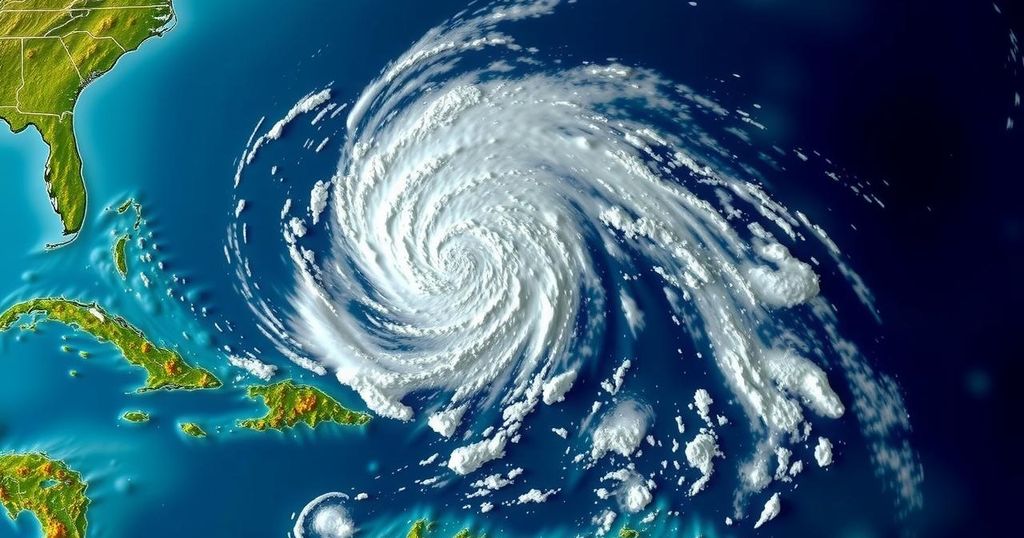Subtropical Storm Patty has formed in the North Atlantic, leading to tropical storm warnings for the Azores. The storm, with sustained winds of 50 mph, is expected to bring rain and rough seas but is not anticipated to strengthen significantly. Meanwhile, a system in the Caribbean may develop into a tropical depression and could affect areas such as Jamaica and Haiti in the coming days.
A new subtropical storm, named Patty, has formed in the northern Atlantic Ocean, prompting tropical storm warnings for the Azores due to its impending approach. This system, which exhibits some traits of a fully tropical storm but not all, has been designated as the first subtropical storm of the Atlantic hurricane season. According to the National Hurricane Center (NHC), Subtropical Storm Patty was situated approximately 420 miles west-northwest of the Azores and moving east-northeast at a speed of 7 mph as of 4 a.m. CDT. The storm has sustained winds reaching 50 mph, although it is not expected to strengthen significantly and is forecasted to be a transient event. The Azores can anticipate wind, rainfall between 1 to 2 inches, perilous sea conditions, and the risk of rip currents during the weekend. Additionally, the NHC is monitoring a low-pressure system in the western Caribbean Sea, which is predicted to become more organized and may develop into a tropical depression in the coming days, potentially named Rafael if it reaches tropical storm status. This system is expected to track towards the north or northwest, possibly bringing substantial rainfall to locations including Jamaica, Hispaniola, and Cuba. The possibility of this system eventually entering the Gulf of Mexico and affecting the United States remains uncertain at this stage. Furthermore, forecasters are also observing another disturbance near Puerto Rico and Hispaniola, although its chance of developing further appears to be minimal, with expectations of merging with the western Caribbean system soon after.
Subtropical storms, like Subtropical Storm Patty, are defined as weather systems that share characteristics with tropical storms but do not fully meet the criteria of a tropical storm. The distinction lies in their structure and development; such storms can transition into tropical storms under favorable conditions. The Atlantic hurricane season officially runs from June 1 to November 30, with peak activity typically occurring in late summer and early fall. Observing and naming these storms is crucial for public safety, especially when they threaten populated areas such as the Azores in this case. As meteorological conditions evolve, the potential for new systems to develop continues, which necessitates vigilant monitoring by the NHC and other meteorological agencies.
In summary, Subtropical Storm Patty has formed in the northern Atlantic, leading to precautionary warnings for the Azores. The storm is expected to produce wind, rain, and hazardous sea conditions, although it is likely to remain short-lived. Concurrently, another system in the western Caribbean Sea is being closely monitored for potential development into a tropical depression, which could impact several Caribbean regions. The ongoing monitoring of these systems highlights the importance of being aware of tropical weather impacts during the Atlantic hurricane season.
Original Source: www.al.com






